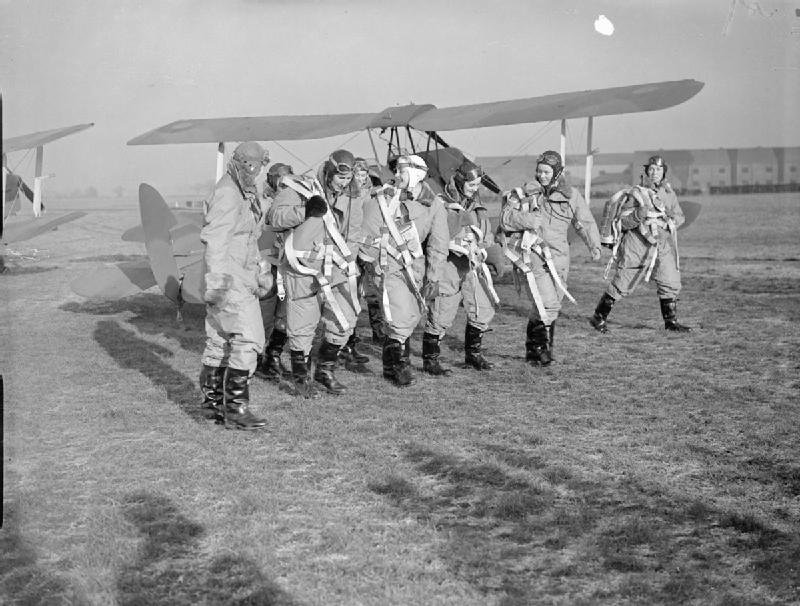In researching my upcoming release, The Light Over London, I was continually amazed at the many—often unsung—ways women contributed to the war effort in Britain during World War II. The Lightseekers is an ongoing series of articles that highlights some of their work and the ways they brought light to Britain in one of its darkest times.
The men of the Royal Air Force and the Fleet Air Arm were not the only pilots who flew during World War II. Thanks to the Air Transport Auxiliary (ATA), a group of civilian flyers otherwise considered unsuitable for service because of age, ability, or gender made an incredibly important contribution to the war.
While the ATA may have originally been conceived of as a support group to transport personnel, mail and medical supplies, it soon became clear that pilots were needed for a serious role: transporting the RAF’s aircraft from factories to bases. They were delivering the planes that protected the Home Front in the Battle of Britain and fought over seas.
Before the outbreak of the war, there was major resistance to the idea of women flying planes. Although women could and did fly before the war, critics believed that they would be taking men’s jobs f they were used for this purpose in the ATA. However, a few months into the war, in December 1939, the ATA caved. Pauline Gower was appointed to head up a newly formed women’s section of the service. An accomplished circus pilot between the wars, Gower was firm in her belief that women could and should fly.
The first female pilots of the Air Transport Auxiliary from the collections of the Imperial War Museums.
“Some people believe women pilots to be a race apart, and born ‘fully fledged,’” she said. “Women are not born with wings, neither are men for that matter. Wings are won by hard work, just as proficiency is won in any profession.”
Gower selected the first eight women to be appointed to the ATA. They were accepted on January 1, 1940, and were trained up at Hatfield. Over the course of the war, their numbers swelled to include over 160 female pilots. Nicknamed the “Attagirls,” these women hailed from Britain, Canada, Australia, New Zealand, South Africa, the U.S., the Netherlands, Poland, Argentina, and Chile.
Although they were restricted to non-combat roles in their duties as trainers and transporters, the Attagirls flew every time of aircraft used by the RAF and the Fleet Air Arm. This included some of the war’s most famous planes, Hurricanes and Spitfires.
ATA personnel Lettice Curtis, Jenny Broad, Audrey Sale-Barker, Gabrielle Patterson, Pauline Gower.
While their roles might have been restricted, that didn’t mean that the danger was any less. The women in the ATA were flying aircraft in open skies, and 15 of them lost their lives during the war.
If you’re interested in the incredible Attagirls and the work they did, British Airways has created a photo gallery featuring archive images of them.
Read every story of the The Lightseekers in the series archive. You can also learn more about their stories by following the hashtag #TheLightseekers on Instagram, Facebook, Twitter, and Pinterest.


